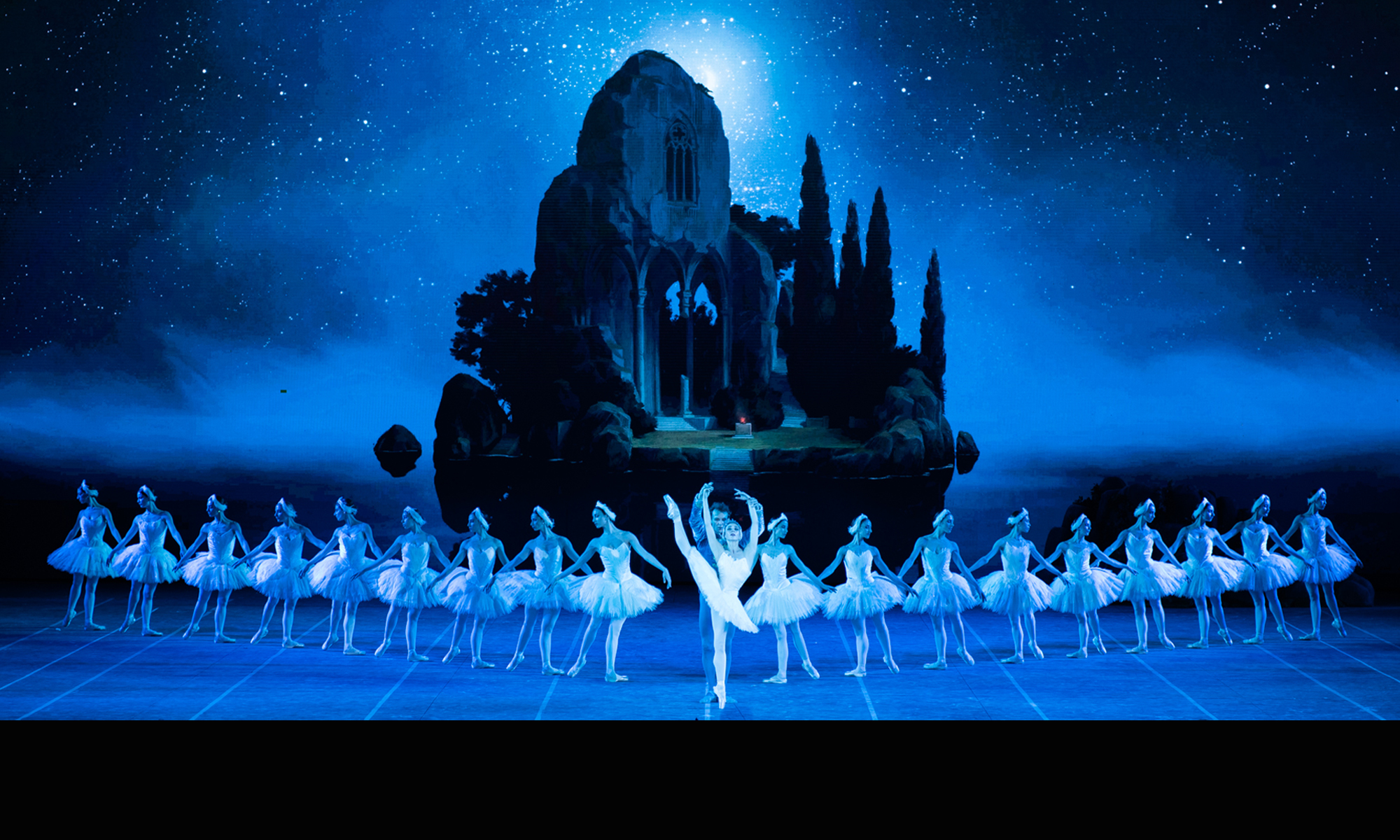“Jewels”
State Ballet Berlin
Deutsche Oper
Berlin, Germany
May 26, 2016
by Ilona Landgraf
Copyright © 2016 by Ilona Landgraf
 Since Nacho Duato took over as artistic director of the State Ballet Berlin in 2014 positive news about the capital’s company has been rare. Neither has the repertory aroused enthusiasm nor has Duato been in favor with the local press. Though the dancers’ pay disputes and strikes dragging on for months last year met with the audience’s understanding, they caused no positive headlines either. It was high time to reclaim a reputation suitable for a State Ballet. Exactly what the company managed to do with George Balanchine’s “Jewels” which premiered last week. Continue reading “A Bright Spot”
Since Nacho Duato took over as artistic director of the State Ballet Berlin in 2014 positive news about the capital’s company has been rare. Neither has the repertory aroused enthusiasm nor has Duato been in favor with the local press. Though the dancers’ pay disputes and strikes dragging on for months last year met with the audience’s understanding, they caused no positive headlines either. It was high time to reclaim a reputation suitable for a State Ballet. Exactly what the company managed to do with George Balanchine’s “Jewels” which premiered last week. Continue reading “A Bright Spot”
















